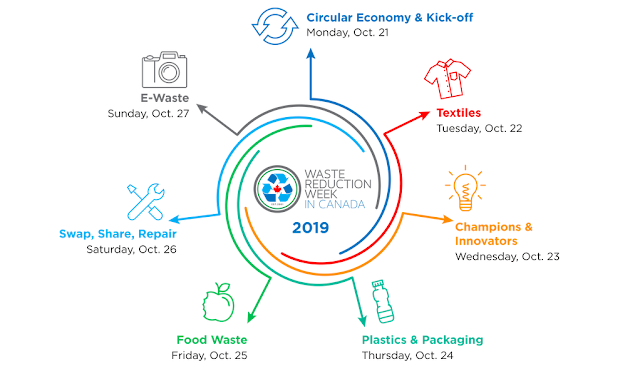This year I thought I would try to reduce the amount of gift wrap & tags we'll use in our household. We have several of those reusable gift bags. And after being given some pretty Christmas fabric, I sewed up a few gift bags which I've added to what we already had. Other wrapping ideas include decorated or painted kraft paper, newspaper, maps, tea towels, scarves, bags made from old clothes.
My sister cuts up old Christmas cards into unique gift tags. This year I gathered up torn Christmassy tissue paper, colourful scrap papers, old book paper and sheet music, and turned these into collaged gift tags.
If you'd like to make your own collaged gift tags, I've included the instructions below.
- a variety of pretty tissue papers and scrap papers in various colours. I chose mostly reds, but also some purples and blues and yellows to add interest. Tissue paper is great as it is transparent once adhered to the collage.
- heavy paper or cardstock, or art paper (paper that can handle water-based media is best)
- gel medium (I use Liquitex matte medium) and brush
- cutting board and knife, or a gift tag punch, or a package of pre-cut plain shipping tags, hole puch
- iron
- parchment paper
- Select a heavy background paper that can take a few layers of collage. Begin to lay out scraps of the papers and tissue, overlapping and placing them at random. Tear them, don't cut, to add interest. Don't spend a lot of thinking time on this as the papers will be cut out later into the gift tags.
- Adhere each paper down with gel medium, adding gel to the right side of the paper as well.
- When dry, cut the pieces into gift tags in the size you wish, or with a tag-maker punch. I have this great punch I purchased years ago from Creative Memories which also punches a hole in the top to add ribbon or cording.
- At this stage I like to add a coat of gel medium on the surface to ensure all the papers are sealed. Let dry.
- For each collaged tag, cut out or punch one plain tag - this will get glued to the back of the collaged tag, providing an area for writing and adding strength, especially if you find your tags are curling.
- Add a coat of gel medium on the back of the collaged tags. Let dry. Make a small pencil mark on one side of the plain tags, add a coat of gel medium to the marked side, and let dry.
- Carefully match up the back of a collaged tag with the marked side of a plain tag. Keeping the edges aligned, place between 2 sheets of parchment paper and iron on high heat for several seconds on both sides. The heat on the gel medium will fuse the 2 tags together into one solid tag, and eliminating any curling that may have occurred with lighter weight papers. Let the tag cool before handling.
Have fun with this - and I'd love to hear your ideas for reducing paper and making your own gift tags and wraps.






























